Welcome guest, is this your first visit? Create Account now to join.
Welcome to the NZ Hunting and Shooting Forums.
Search Forums
User Tag List
+ Reply to Thread
Results 31 to 45 of 105
Thread: Kmart/Campmaster "Jetboil"
-
10-05-2024, 04:11 PM #31Member

- Join Date
- Apr 2021
- Location
- BOP
- Posts
- 260
-
-
11-05-2024, 08:22 PM #32Member

- Join Date
- Dec 2021
- Location
- Tauranga
- Posts
- 6,048
-
12-05-2024, 05:37 AM #33Member

- Join Date
- Dec 2021
- Location
- Tauranga
- Posts
- 6,048
So for facts and figures, my campmaster arrived yesterday (couldn't help myself) and with a Kovea 70/30 can up it's bum it did from 20degC to boiling in almost 4 mins flat. 500ml from the cup measure.
-
13-05-2024, 08:23 AM #34Member

- Join Date
- Nov 2012
- Location
- Palmerston North
- Posts
- 292
So is it the butane mix proportions or the cannister pressure? Do we get what we pay for when buying gas cylinders? I would be interested to know if the more expensive cans are actually better value? I am sure some knowledgeable member here will know the answer.
Many thanks Ruger7mm
-
13-05-2024, 09:18 AM #35Member

- Join Date
- Dec 2021
- Location
- Tauranga
- Posts
- 6,048
Well, if the can has more gas pressure than the appliance needs the regulator reduces the pressure output to what the appliance requires.
Gas ratio is somewhat critical though - propane burns a lot hotter and is better in colder temperatures as it has a much lower boiling point than butane (-45 rather than butane's 0) which means that as you drop below zero the "standard" iso-butane/propane camping cans aren't much chop. The reason these mixes are what you normally get as the standard is a little bit of safety among other things, as butane is a lot cleaner and less likely to create carbon monoxide if used in an enclosed space.
Some more technical places that sell more hard core gear often have 50/50 ratio cans which burn hotter but if you're planning on cooking in areas where the temp is much below freezing you're better to go with a liquid fuel stove otherwise the contents of your cylinder will separate into liquified butane which won't evaporate and be burned easily and the still-gas-state propane which burns as per normal.
The actual cost of the can may or may not be a factor in efficiency, as different shops often run different prices and it's sometimes luck of the draw in what you get. The mix is critical to performance, 70% butane 30% propane is the usual mix encountered but 50/50 burns hotter.
-
13-05-2024, 09:36 AM #36Member

- Join Date
- Aug 2014
- Location
- NZ
- Posts
- 415
Full refund processed. Just needed a couple of photos and an online upload, process is pretty seamless.
Replacement order has since arrived. They're not too bad. I'd probably just use these for a cup of tea or trips to the beach etc...
Still prefer the WW2 German mess kits for multi-day trips
-
13-05-2024, 11:11 AM #37
I have the jetboil trivet modified to use on the campmaster. I used a chainsaw file to cut notches for the igniter and bent out the tabs so it sat better.
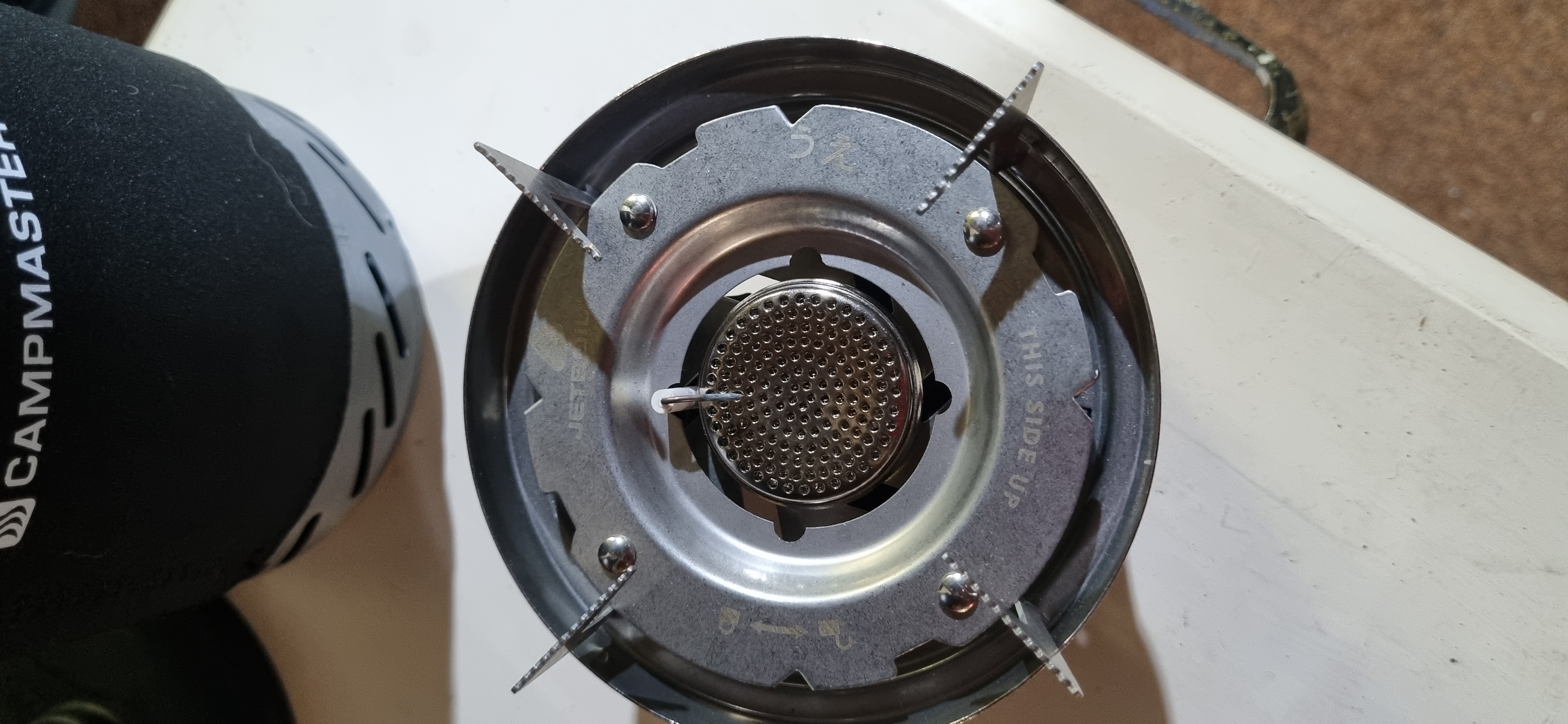
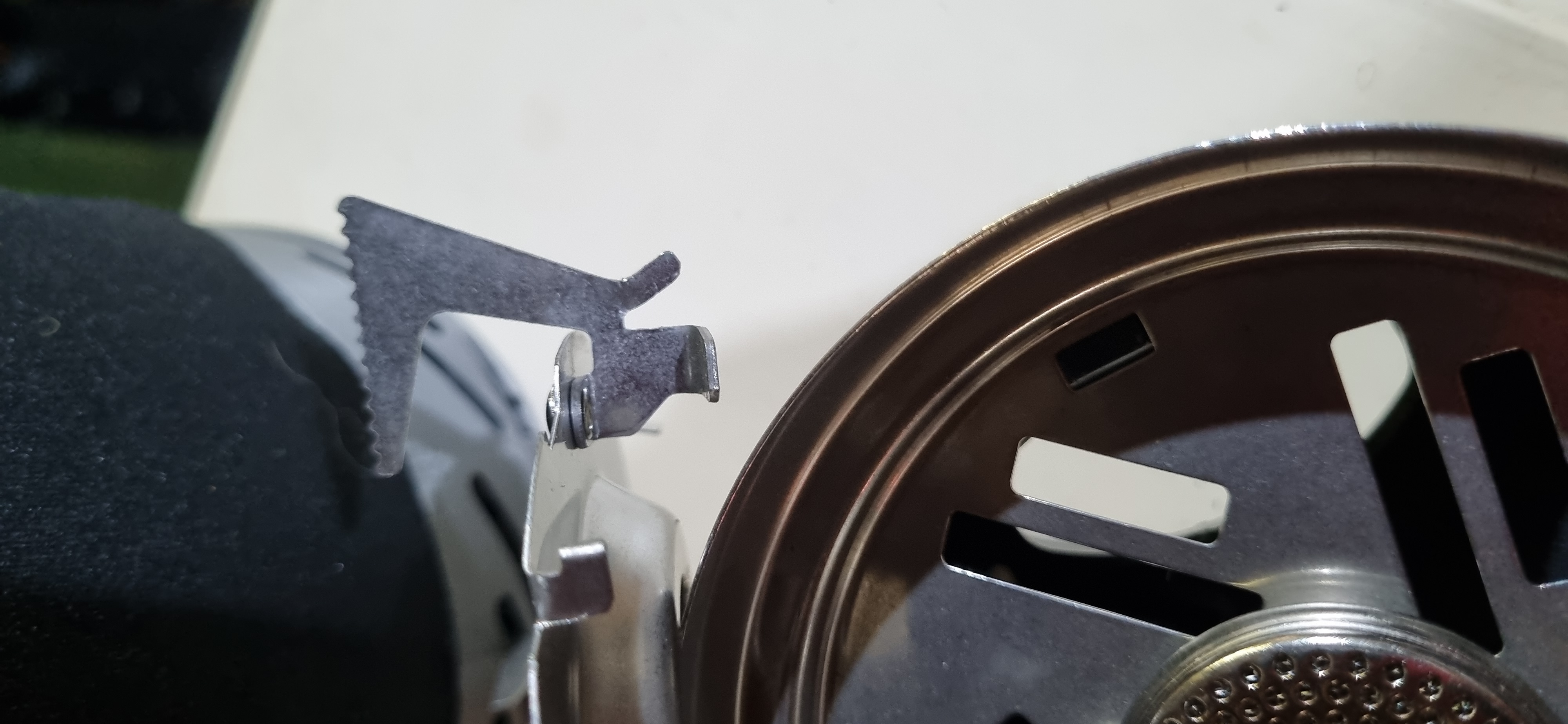 Velocity is thrilling,but diameter does the real killing.
Velocity is thrilling,but diameter does the real killing.
-
13-05-2024, 08:19 PM #38
Yeah, wind is the big drawback with the BRS, doesnt bother me too much as i mostly use huts, also another thing to consider is finding level and firm ground, as its easy to topple over if your not careful, although these issues present with virtually all ultralight stoves that fit on top of the canister with the exception of jetboil designs. You can carry those foil windshields that do a reasonable job and is something I would recommend.
The jetboil comes with plastic supports to clip under the canister to provide extra support and works fairly well out in the open where you are exposed to wind.
Canister pressure can make a slight difference, but its more to do with the mixing ratio of the butane and affects how much propane boils off in the canister first. Propane has a lower boiling point, so gives you more pressure.
Those canisters are not strong enough to withstand a high propane content, so a blend of both butane and propane lowers the combined pressure.
The real cheap canisters may only contain butane, but not ultra common, if it has a propane mix, you will be better off in cold weather, but remember in sub zero conditions the propane will boil off first and the stoves performance will drop to virtually nothing.
Most decent brands will have a 75% butane to 25% propane mix, so buy the cheapest you find with the highest propane in the mix, they all perform just as good from my experience, it all comes down to the propane content.
The campmaster ones come in a slightly larger size than 110g too, might be 120 or 130 grams from memory.
I use a cheap refill adapter from ebay to refill mine from those cheap bayonet canisters.
https://www.ebay.com/itm/235058085770
You can usually find those cheap butane canisters at mitre 10 or the warehouse for only $6 or so in a pack of 5.
The cheap ones are butane only, but slightly more expensive brands have the propane mixes, in summer I dont care, I just go with the butane ones and is only 75cents to fill a 110g canister!
Its quite safe and nearly impossible to overfill them, the only way to overfill them is to put in the freezer after the first fill and inject more gas into it.
Weigh an empty one with scales and measure the difference in weight.
The price of those kovea canisters and other similar brands in the outdoor shops are selling for ridiculous money these days, $12 for 110 grams? Those things used to be only $5 not that long ago.Last edited by Old_School; 13-05-2024 at 08:36 PM.
-
13-05-2024, 10:58 PM #39Member

- Join Date
- Dec 2021
- Location
- Tauranga
- Posts
- 6,048
I've never seen a 75/25 brew but I guess they are out there - I have found a campmaster 80/20 cylinder and in the interests of science I'll line up the same test I did with the Kovea 70/30 can. That will tell us what the difference in performance is with the change in mix - both are near new cans. For memory of the reference, the Kovea 70/30 went from 20degC to boiling in for minutes and 6 seconds. I would expect the 80/20 to be between 4:30 and 5 mins from past experience. The 50/50 expensive brews are noticeably quicker.
For really cold days, I've been known to piss on a patch of ground and bury the can in it prior to cooking - giving the can a really good shake up first and even leaving it inside my top layer to warm up. Anything to boil the butane fraction again and allow it to burn - it will just sit on the bottom of the can and do f-all if it's liquid!
Burying the can is actually a good move for stability purposes as well - doesn't work in rocky areas though.
-
14-05-2024, 12:15 AM #40
Its quite interesting looking at the various mixes.
Ive just been looking at some of the canisters ive got here and realised it doesnt even say the mix ratios on any of them.
A couple of my koveas just say butane/propane, and the rest say isobutane/propane, then my primus powergas is marked 4 seasons propane/butane/isobutane.
jetboil has always had isobutane in the mix and performs better than butane as it has a lower boiling point.
Going by what you are saying, Kovea may have increased their propane ratios to 30%, thats got to be a good thing.
These koveas are still advertises here at 75/25, but that info might be out of date now.
https://www.equipoutdoors.co.nz/Kove..._-_4_Pack.html
-
14-05-2024, 03:02 PM #41Member

- Join Date
- Jun 2022
- Location
- Papakura
- Posts
- 1,631
My AliExpress pot stand arrived today, It fits really well and actually locks onto the CampMaster burner quite well. When folded up it fits snuggly inside the matching pot. It was $17.59 inc post & GST and arrived in just 6 days (a new record from Ali)
https://www.aliexpress.com/item/3281...84a91802Mxbjae
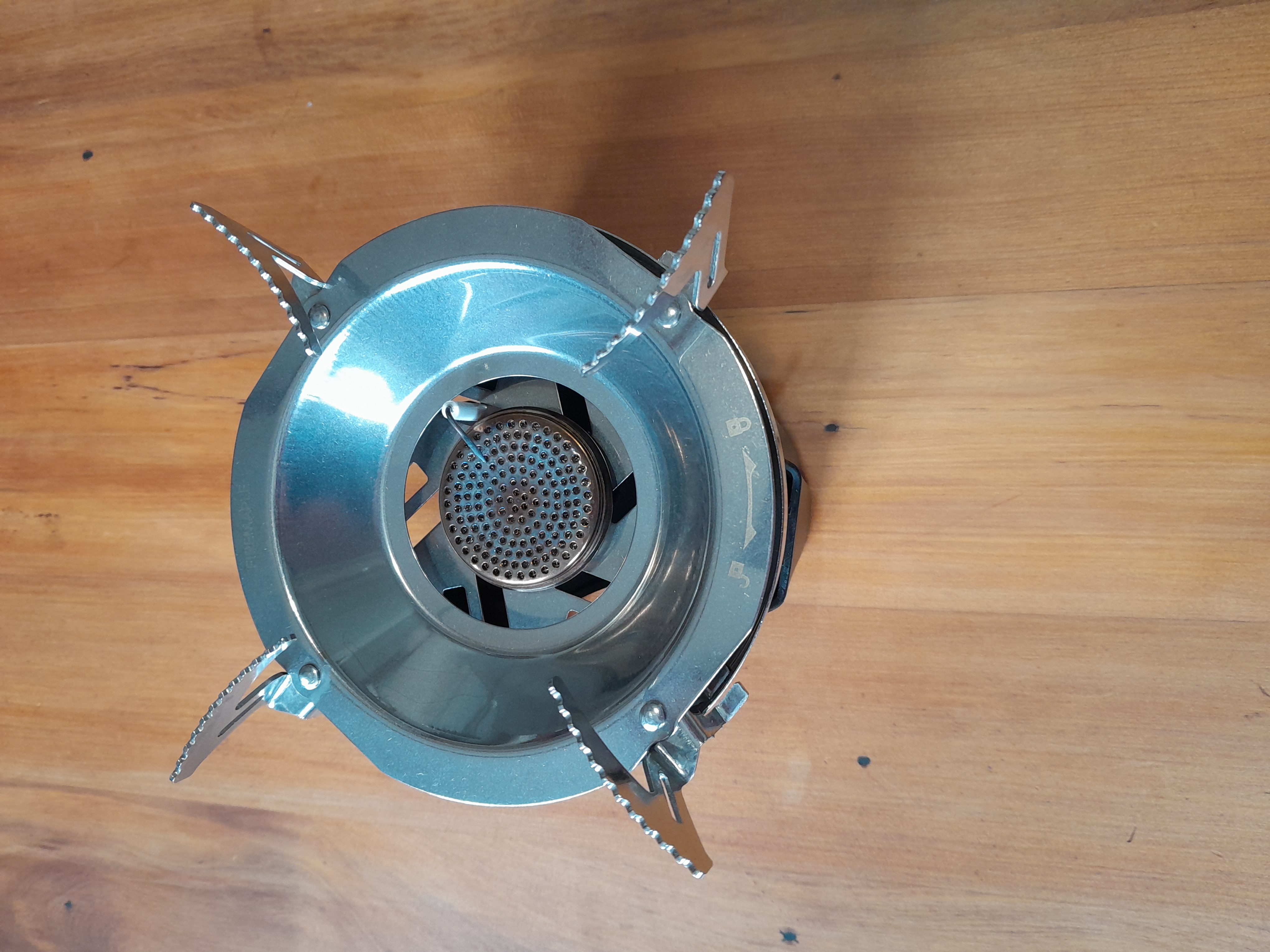
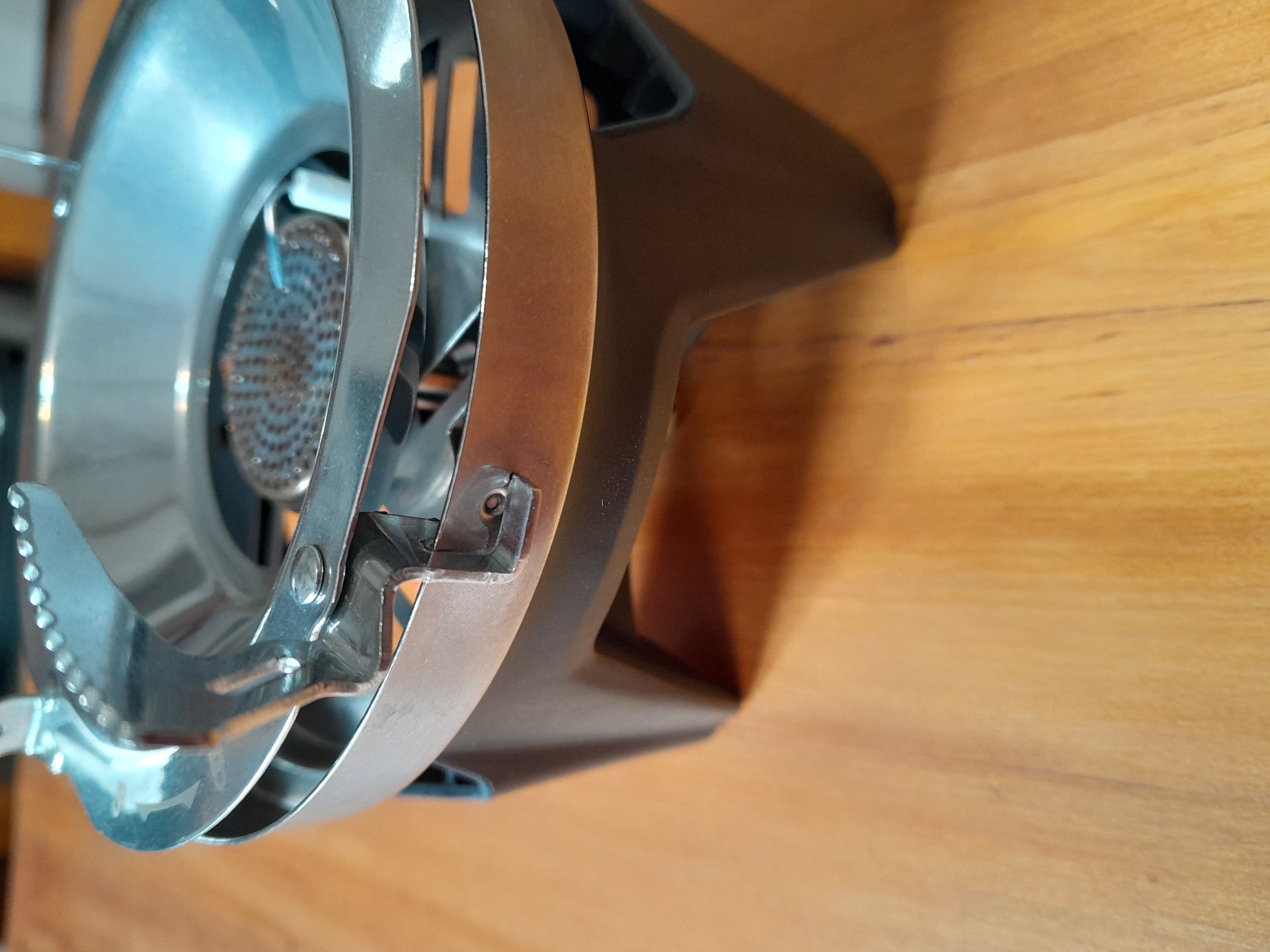
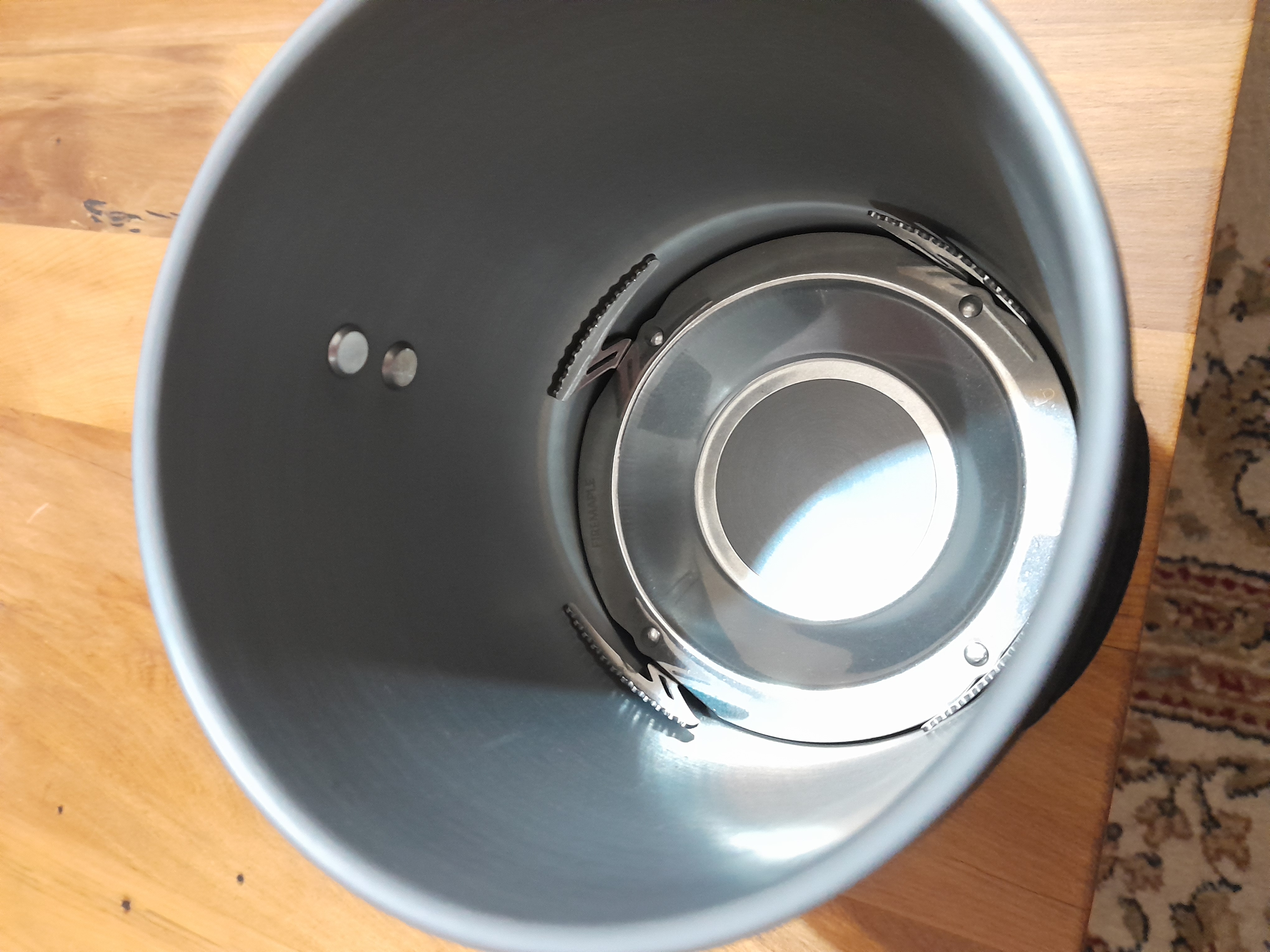
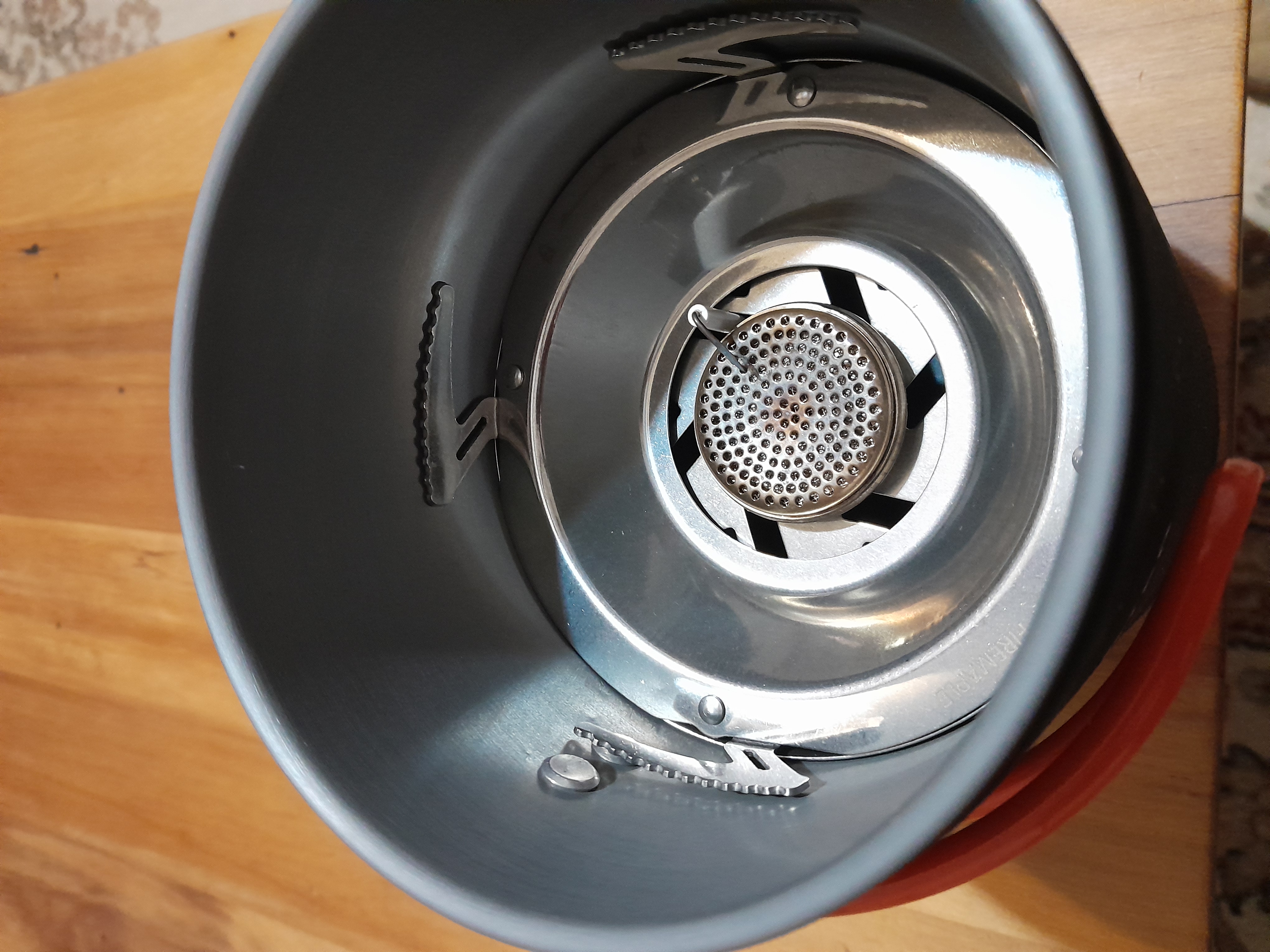
Last edited by No good names left; 14-05-2024 at 03:05 PM. Reason: Added photos
-
14-05-2024, 07:54 PM #42Member

- Join Date
- Feb 2014
- Location
- Hawkes Bay
- Posts
- 2,711
Ali link doesnt work. Who was seller/ item label?
Sent from my iPhone using Tapatalk
-
14-05-2024, 08:39 PM #43Member

- Join Date
- Feb 2014
- Location
- Hawkes Bay
- Posts
- 2,711
is it this one?
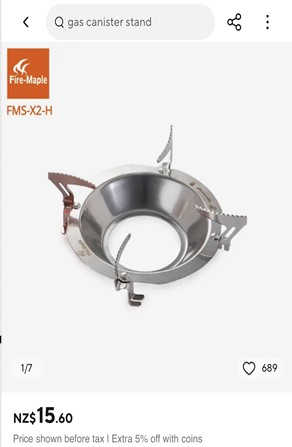
-
14-05-2024, 09:04 PM #44Member

- Join Date
- Jun 2022
- Location
- Papakura
- Posts
- 1,631
That's the one.
Fire Maple Stainless Steel Gas Stove Spare Pot Holder Pot Support Pot Stand For Fixed Star X1 X2 X3 Cooking System 65g FMS-X2-H
Features:
Brand: Fire-Maple
Model No.: FMS-X2-H
Material: Aluminum.
Available Colors: Orange
Specifications:
Size: Ф112*40mm MAKE SURE IT IS THIS SIZE IN THE DETAILS
Weight: 65g
-
14-05-2024, 10:23 PM #45Member

- Join Date
- Jan 2019
- Location
- Havelock/Linkwater or Ashburton Lakes
- Posts
- 709
@No good names left Thank you! I've just ordered the https://www.aliexpress.com/item/3281...84a91802Mxbjae as you posted. Looks like it'll fit my Torpedo7 'jetboil'
Similar Threads
-
Kmart jetboil imitation
By Bushline in forum Gear and EquipmentReplies: 8Last Post: 04-02-2024, 12:55 PM -
Shooting Apps "Range Buddy" and "Reloading Assistant"
By Dead is better in forum Resource LibraryReplies: 4Last Post: 14-01-2017, 05:23 PM -
Evolve LED Light Bar For Offroading in sizes 18",20",28",36",43"
By pighuntingnz in forum Outdoor TransportReplies: 4Last Post: 27-12-2016, 08:05 AM
Tags for this Thread
Welcome to NZ Hunting and Shooting Forums! We see you're new here, or arn't logged in. Create an account, and Login for full access including our FREE BUY and SELL section Register NOW!!





 86Likes
86Likes LinkBack URL
LinkBack URL About LinkBacks
About LinkBacks




 Reply With Quote
Reply With Quote


Bookmarks